Dikloron Enterik Film Tablet 50 Mg
Dikloron is a medication that contains 50 mg of the active ingredient diclofenac sodium. It belongs to a group of drugs known as “non-steroidal anti-inflammatory drugs” (NSAIDs).
| Dosage form | |
|---|---|
| Pack size | |
| Potency | 50 Mg |
| Manufacturer | |
| Origin | |
| Generic Name (Ingredient) | Diclofenac Sodium 50 Mg |
Assuming your emergency circumstances for this product, visit Urgent Quotation page. Besides, for any pharmaceutical questions, please ask us in the comments section.
Description
How to Use Dikloron
Dikloron is taken orally. Each enteric film tablet contains 50 mg of diclofenac sodium. The tablet also contains lactose monohydrate (derived from cow’s milk), starch, polyvinyl pyrrolidone K25, colloidal silicon dioxide, talc, and magnesium stearate. The film coating contains polyethylene glycol 6000, Eudragit L-30-D-55, talc, and Simetikon Q7-25871.
Before starting this medication, it’s important to read the usage instructions carefully as they contain important information. If you have any questions about how Dikloron works or why it was prescribed to you, please consult your doctor.
Uses of Dikloron
| Condition | Description |
|---|---|
| Osteoarthritis | Joint pain and deformity |
| Rheumatoid arthritis | Joint pain and deformity |
| Juvenile rheumatoid arthritis | Joint pain and deformity in young people |
| Ankylosing spondylitis | Painful progressive rheumatism in the back, neck, and chest |
| Acute gout arthritis | Joint inflammation due to acute gout |
| Acute musculoskeletal pain | Pain in the musculoskeletal system |
| Postoperative pain | Pain after surgery |
| Painful menstruation (dysmenorrhea) | Painful menstrual periods |
Precautions
Do not use Dikloron if you are allergic to diclofenac or any other components listed at the beginning of the usage instructions. Also, do not use it if you have previously experienced allergic symptoms after taking medications for inflammation or pain treatment (such as acetylsalicylic acid/aspirin, diclofenac, or ibuprofen).
Side Effects
Like all medicines, Dikloron can cause side effects. Common side effects include edema (swelling), nausea, headache, dizziness, vomiting, itching, flatulence, indigestion, and pain in extremities. If you experience any side effects or have concerns about them, consult your doctor.
Storage
The medication should be stored below 30°C.
Please note that this information may differ from the general information contained in this usage instruction. Always follow your doctor’s instructions carefully.
Dosage
The dosage of Dikloron (Diclofenac Sodium) can vary depending on the condition being treated:
Intramuscular Use:
For conditions like renal colic, bursitis, pain and inflammation associated with musculoskeletal and joint disorders, rheumatoid arthritis, sprains, strains, tendinitis, acute gout, and dysmenorrhea, the recommended dosage is 75 mg once daily, injected into the gluteal muscle. This may be increased to 75 mg twice daily in severe conditions. The maximum period for this usage is 2 days.
Intravenous Use:
For postoperative pain, a 75 mg infusion in glucose 5% or NaCl 0.9% (previously buffered with Na bicarbonate) is given over 30-120 minutes or as a bolus injection. This may be repeated after 4-6 hours if necessary. The maximum period for this usage is 2 days.
Ophthalmic Use:
For postoperative ocular inflammation and discomfort after strabismus surgery, one drop of Dikloron Sodium (0.1% solution) is instilled into the appropriate eye four times daily.
Topical Use:
The gel should be applied to the affected area, usually two to four times a day, or as prescribed by a doctor.
Please note that these are general guidelines and the exact dosage may vary depending on individual factors such as the person’s overall health, age, and other medications they may be taking. It’s always best to consult with a healthcare provider for personalized information.
Food and Drink Interactions
While there is no specific food or drink that is known to interact with Dikloron (Diclofenac Sodium), it is generally recommended to take the medication with food or milk to prevent stomach upset.
However, the consumption of alcohol is not recommended while taking Dikloron due to the increased risk of side effects such as severe stomach and intestinal bleeding, dizziness, fatigue, weakness, rashes, nausea, joint pain, fever, jaundice, etc.
Driving After Taking Dikloron
Dikloron (Diclofenac Sodium) may cause drowsiness, dizziness, or visual disturbances in some patients. If you experience any of these symptoms, it is advised that you avoid driving or operating heavy machinery. It’s always best to see how you react to the medication before deciding to drive. If you’re unsure, please consult with your healthcare provider.
Pregnancy or Breastfeeding
There are no adequate and well-controlled studies of diclofenac or other NSAIDs in pregnant women. The FDA requires a new warning to be added to NSAID labeling describing the risk of fetal kidney problems that may result in low amniotic fluid.
As for breastfeeding, the effects of prolonged exposure to diclofenac in breast milk are unknown. It’s always best to consult with a healthcare provider for personalized information. They can provide guidance based on your specific circumstances and any other medications you may be taking.
Conclusion
In conclusion, Dikloron, with its active component diclofenac sodium, offers a multifaceted approach to managing various painful and inflammatory conditions. Adhering to prescribed dosages and heeding precautions ensures its safe and effective use. Nonetheless, it is indispensable to consult a healthcare provider for personalized guidance tailored to individual health needs
1 review for Dikloron Enterik Film Tablet 50 Mg
Use the form below to report an error
Please answer the questions as thoroughly and accurately as possible. Your answers will help us better understand what kind of mistakes happen, why and where they happen, and in the end the purpose is to build a better archive to guide researchers and professionals around the world.
The information on this page is not intended to be a substitute for professional medical advice, diagnosis, or treatment. always seek the advice for your physician or another qualified health provider with any questions you may have regarding a medical condition. Always remember to
- Ask your own doctor for medical advice.
- Names, brands, and dosage may differ between countries.
- When not feeling well, or experiencing side effects always contact your own doctor.
Cyberchondria
The truth is that when we’re sick, or worried about getting sick, the internet won’t help.
According to Wikipedia, cyberchondria is a mental disorder consisting in the desire to independently make a diagnosis based on the symptoms of diseases described on Internet sites.
Why you can't look for symptoms on the Internet
If diagnoses could be made simply from a textbook or an article on a website, we would all be doctors and treat ourselves. Nothing can replace the experience and knowledge of specially trained people. As in any field, in medicine there are unscrupulous specialists, differences of opinion, inaccurate diagnoses and incorrect test results.

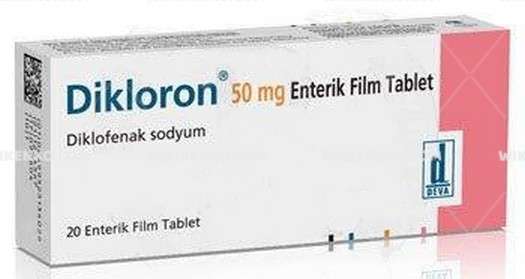
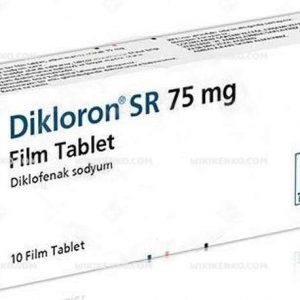
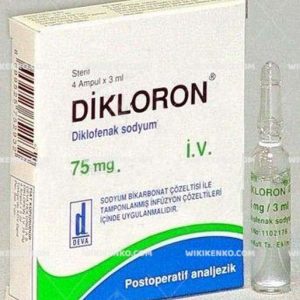
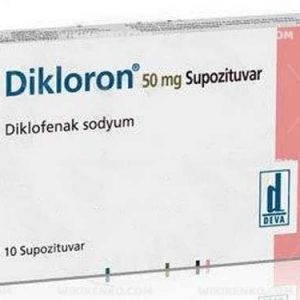
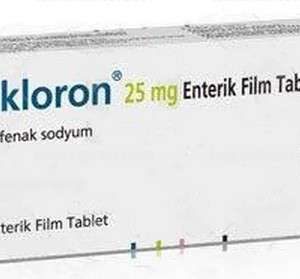

Dileep –
Dikloron 50mg enterik filem tablet 20 pes how much Qatar riyal?
Medical Guidance Center –
Hello Dileep, this is WikiKenko.
Medication prices may change due to availability and location. To access the newest prices, please log in.